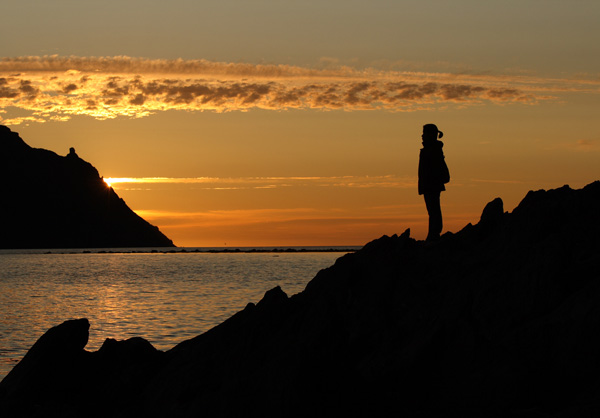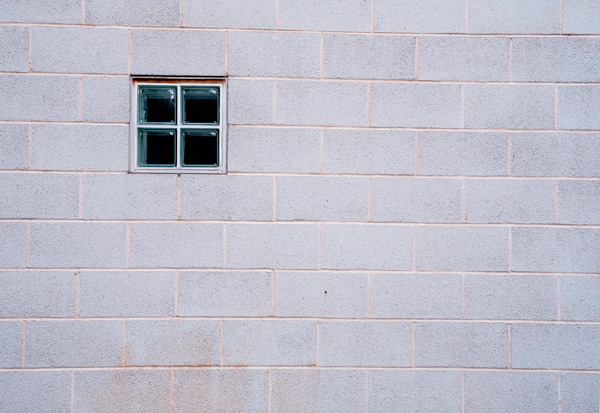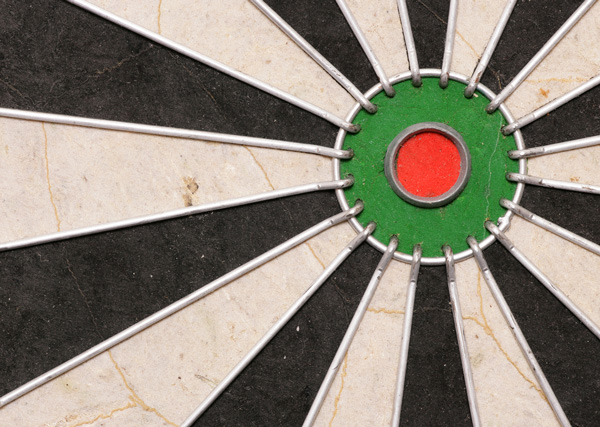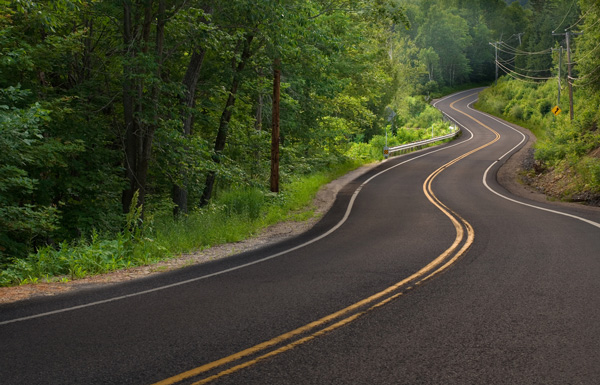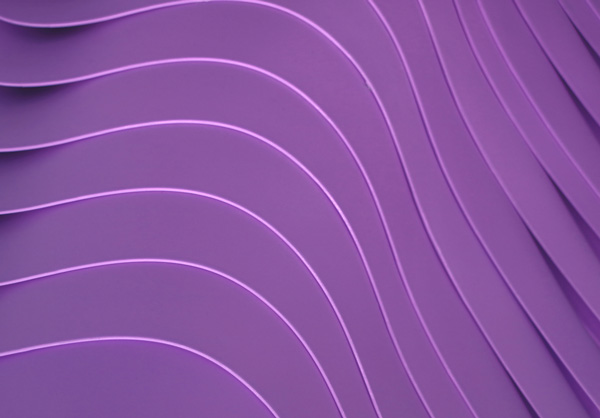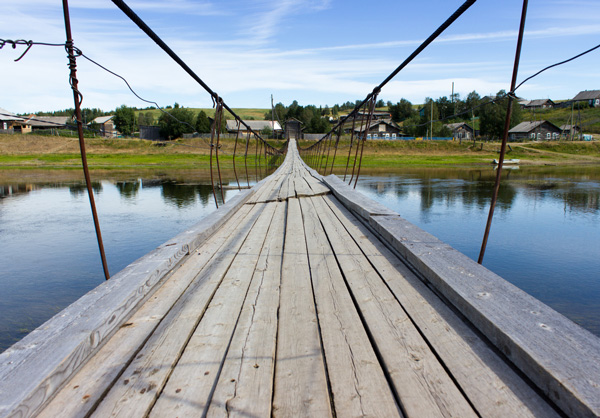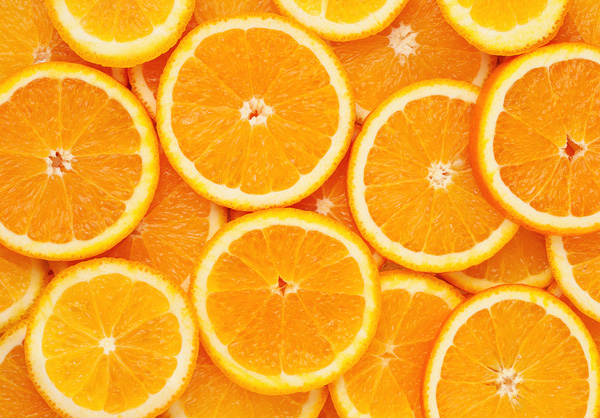Composition in photography is the deliberate arrangement of elements in your scene to maximize the appeal of the photo. Composition techniques are very effective when used in isolation, however, combining composition techniques can bring even more impressive results. In this article, you’ll discover nine different examples which will help you combine composition techniques in your own photography.
Composition techniques are powerful because they influence your viewer to feel a particular way when they see your photo. And, with the right subject, you can convey any feeling using just a single composition technique, so just imagine what combining composition techniques could achieve!
There are dozens of composition techniques, which means covering every possible permutation here would be crazy. Therefore, you’re going to see several examples, with explanations about each of the composition techniques being used, so that you can feel confident to experiment with combining composition techniques yourself.
1. Combine Rule Of Thirds With Added Foreground Interest
The photo below shows a disused lifeguard hut on the beach at low tide. Firstly, it uses the rule of thirds to good effect, with the hut positioned one-third from the right, and the access ramp leading down from the hut. The ramp meets the sand below at roughly one-third from the left and, in addition, the horizon is approximately one-third of the way up from the bottom of the photo. As a result, it’s a nicely balanced photo.
Secondly, simply by moving backward, away from the subject, or shooting at a wider angle, the photographer has added some foreground interest in the form of the fence.
Foreground interest helps to add a sense of depth to the photo by giving the eye somewhere to visit in the foreground. This is in addition to the main subject (the hut) and the horizon in the distance. It has a similar effect to the leading lines composition technique: your eye is lead into the scene.
2. Use Negative Space, Patterns & The Rule Of Thirds
Negative Space is any large, featureless, clean or subtle area in the scene. It helps your subject stand out better and creates a feeling of calmness and harmony.
In the example below, the subject is the window which has been positioned using the rule of thirds. It’s approximately one-third from the top, and one-third from the left. The rest of the scene is negative space. But rather than being totally plain, the bricks create a subtle, repeating pattern.
3. Include Geometric Elements, Leading Lines, The Rule Of Thirds & A Tight Crop
The natural world around us is so full of organic shapes and textures, that when we see a photo containing man-made, geometric elements – especially brightly colored ones – it invokes a reaction. Examples of geometric elements include squares, lines, triangles or circles.
In the example below, the entire scene consists of geometric elements. The dark tapering areas are leading lines, guiding us to the colorful bullseye. The contrast between the light and dark tapering lines makes the photo a little challenging to look at for long, and the green and red colors give the photo a “pop”.
The tight crop eliminates any distractions and keeps our attention on the graphical elements, rather than the setting.
Finally, the rule of thirds has been used to position the bullseye approximately one-third from the right, and one-third from the top.
4. Use Leading Lines With The Rule Of Thirds & A Tight Crop
The example below uses a fairly common leading line – a winding road. We don’t know where the road ends up, so there’s a sense of mystery. In addition, this is compounded by the shady trees hiding who-knows-what!
Actually, there are multiple leading lines on the road. Each road-marking, and the edge of the road itself creates additional leading lines. The bright yellow double-lines in the center of the road are the primary leading lines since they stand out best.
Most of the road wiggles up the right-hand side of the photo, one-third from the right, which ticks the rule of thirds box.
Lastly, a tight crop has been used to crop the sky out so the scene remains dark, without bright highlights, adding to the sense of mystery.
5. Combine Color, Leading Lines & A Tight Crop
Below is another example of multiple leading lines. The use of a single color creates a sense of calm simplicity. The tight crop eliminates anything that might distract the viewer from the sensuous lines and the subtle shadows.
6. Use Symmetry, Leading Lines & The Rule Of Thirds
Symmetry is a powerful tool in photography composition. In the example below, we have excellent use of symmetry. Strong leading lines take us over the water to the land beyond. The land has been deliberately positioned one-third from the top, using the rule of thirds.
7. Use Color, Geometric Shapes & A Tight Crop
Proving that geometric objects don’t have to be man-made, these orange slices make excellent subjects and their vibrant orange color creates a really awesome “pop.”
The effect is completed with a tight crop, which draws attention to the repetitive nature of the geometric shapes, and also ensures that only the dominant color is included in the scene.
8. Combine Leading Lines with Framing, Symmetry & Patterns
Buildings are often a great source of leading lines and symmetry. The photo below uses the pillars in the corridor to create the leading lines. In addition to the semi-circle arches, they help to frame the pair of dark doors in the distance. Additional interest comes in the form of the subtle patterns created by the floor tiles.
9. Include Silhouettes & The Rule Of Thirds
Silhouettes are a great way to add mystery and intrigue to your photos. This is because we get the outline of the subject, rather than the detail contained within its shape.
To create silhouettes, firstly try exposing for the brightest parts of the scene (the sun in the photo below). Secondly, use the exposure compensation dial to deliberately underexpose the shot.
In the example below the silhouetted subject has been positioned one-third from the right, as a result of applying the rule of thirds.
Combining Composition Techniques: Conclusion
In conclusion, you’ve discovered nine examples which show how combining composition techniques can give really great results. We’ve barely scratched the surface, but hopefully you’ll feel confident to go out and use any combination of composition technique. So, with no combinations off-limits, simply experiment and see which combinations work best for your chosen subjects.

